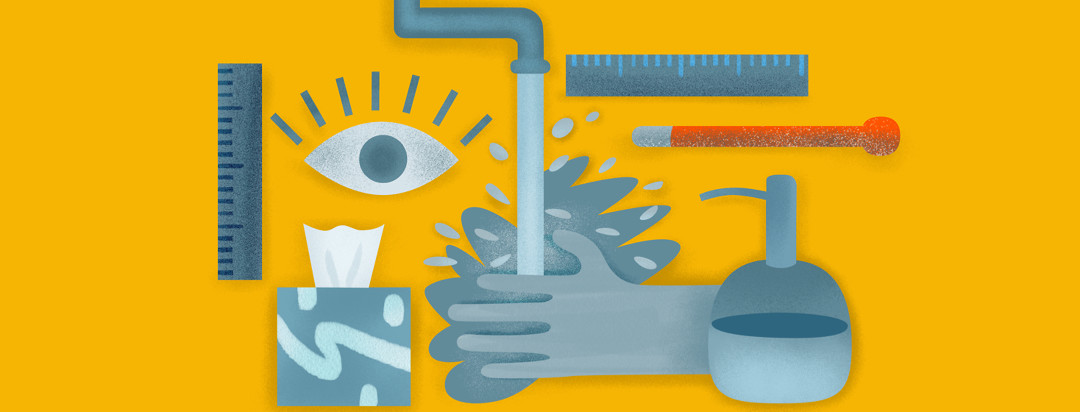Type 2 Diabetes, the Flu, and COVID-19: What You Need to Know
Every year during flu season people are urged to get a flu shot and take precautions to avoid getting the flu. These warnings are particularly aimed at people with diabetes, including type 2 diabetes. Why is that?
Flu puts people with type 2 diabetes at risk
According to the Centers for Disease Control (CDC), the flu puts the health of people with diabetes (regardless of type) at high risk.1 Flu compromises the immune system and can lead to serious, even life-threatening, illnesses like pneumonia, inflammation of the heart, or sepsis.2 Flu can also disrupt blood glucose (BG) levels, either by driving levels up or reducing a person’s appetite resulting in low BG levels.
Along with getting a flu shot, people are normally advised to avoid contact with people who are sick with the flu, cover their mouth and nose when coughing and sneezing, keep their hands clean, and if they do get sick, to stay home until they’re better.3
COVID-19, a.k.a. Coronavirus, presents a new risk
This flu season, a highly infectious and potentially deadly virus not previously seen in humans has shown up. This virus, originally called Coronavirus, is a respiratory illness with cough, shortness of breath, and fever. It has led to death.4
COVID-19 spreads from person-to-person in close contact (within about three-to-six feet) of each other. Respiratory droplets from an infected person’s sneeze or cough can spread COVID-19, especially when they land in another person’s mouth or nose or are inhaled.5
It might be possible to become infected after touching a surface or object with the virus on it. But it’s thought that to do this the person has to touch the surface, get the virus on their hands, and then touch their own mouth, nose, or eyes to have the virus enter their body.
International emergency
Currently, China, South Korea, and Italy are among the countries experiencing outbreaks of COVID-19. The World Health Organization (WHO) is calling it a public health emergency of international concern.6
Countries around the world are isolating people who are infected and taking extraordinary actions to stop the spread of COVID-19. In China whole communities are being kept at home. Schools, workplaces, and public transportation have been shut down completely. In Italy, public events, including soccer matches and Mardi Gras celebrations, are being canceled.
In the U.S., the CDC is warning people to avoid unnecessary travel to affected areas and to prepare for a possible health emergency at home.7
Protect your health and be prepared
Because COVID-19 is newly identified, there is currently no specific antiviral drug treatment or vaccine for it. The best course of action is to do your best to avoid being exposed in the first place.8
The WHO advises these basic protective measures:9
- Wash your hands thoroughly and frequently using soap and water
- Maintain a physical distance of at least 3 feet from anyone who is coughing or sneezing
- Avoid touching your eyes, nose, or mouth
- Cover your mouth and nose when you cough or sneeze with your bent elbow or a tissue
- Throw away used tissues immediately
- If you develop fever, cough, and difficulty breathing get medical advice promptly
By warning that aggressive measures might be needed to control the spread of COVID-19, the CDC is urging people to think about the “what ifs” and work out how to respond in advance.
Preparing for the "what if"
What if your usual routine is affected by an outbreak? Daily life could be seriously disrupted. Things we take for granted, like refilling a prescription or going to work could become difficult or impossible to do.
What’s your backup plan? Do you have enough prescription medicine and medical supplies on hand? How quickly and easily can you get them refilled if your regular source isn’t available? What would you do if your workplace is shut down? Can you work remotely?
The list could go on and on. In the face of COVID-19, these are things we all need to prepare for, just in case.

Join the conversation